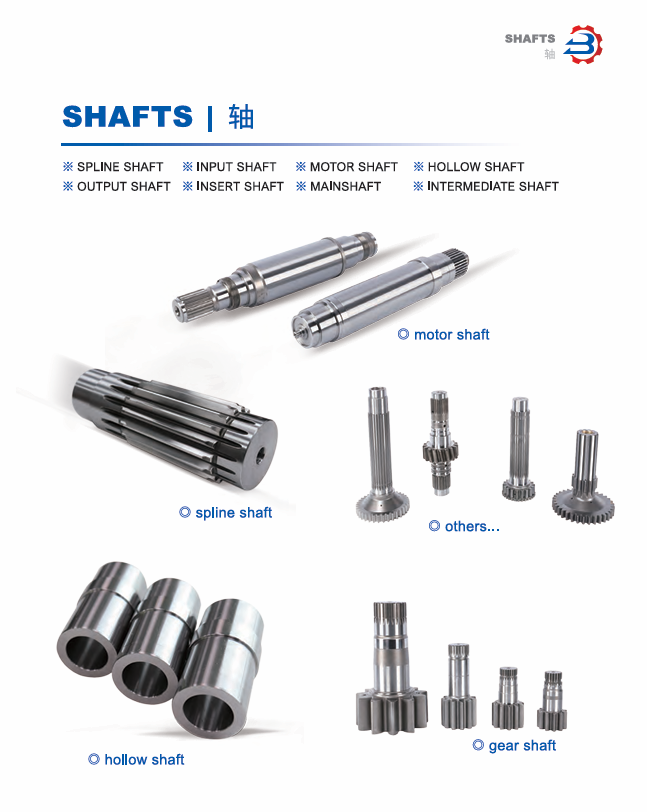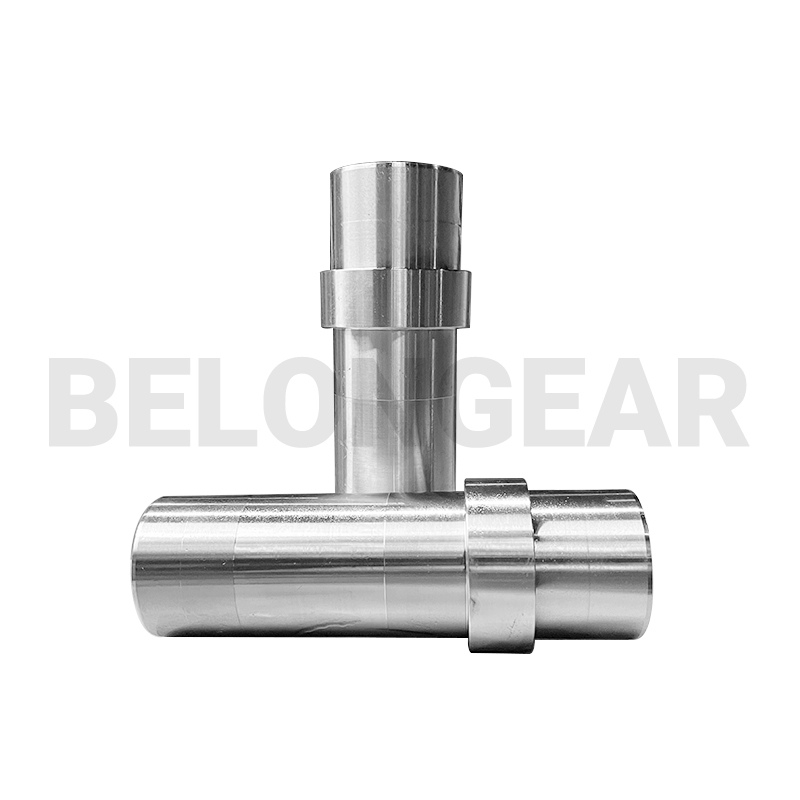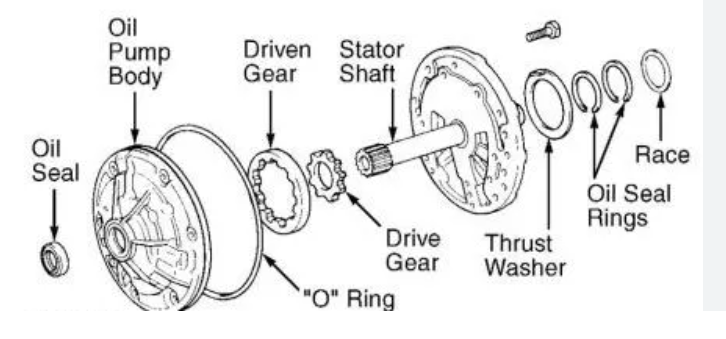In industrial lifting systems, belt elevators play a crucial role in transporting materials efficiently and reliably. At the heart of these systems lies a vital yet often overlooked component the shaft. The shaft serves as the main mechanical element that transfers rotational energy from the drive unit to the belt, ensuring smooth motion, stable operation, and precise material handling.
The primary function of the shaft in a belt elevator is to provide mechanical support and torque transmission. It connects the drive pulley and tail pulley, maintaining proper alignment and tension of the belt. When the motor generates power, the shaft transmits this torque to rotate the pulley system, allowing the belt to lift materials vertically or at an incline. High precision and balance are essential to minimize vibration and mechanical stress during operation.

In a belt elevator (or bucket elevator), the shaft is a fundamental rotating component that transmits power from the motor to the elevator belt. Its primary functions are:
1. Power Transmission: It carries the torque from the drive pulley to lift the loaded belt and buckets.
2. Support for Pulleys: The shaft provides a rigid axis on which the head (drive) pulley and, in some designs, the tail (boot) pulley are mounted.
3. Load Bearing: It must withstand several types of loads:
Torsional Load: The twisting force from the motor.
Bending Load: The weight of the pulley, belt, buckets, and material, which tries to bend the shaft.
Shear Load: The force acting perpendicular to the shaft’s axis, primarily at the bearing points and pulley hubs.
Combined Loads: In operation, the shaft experiences a combination of all these stresses simultaneously.

In addition to transmitting power, the shaft must withstand high bending and torsional loads. Continuous operation under heavy-duty conditions requires the shaft to possess excellent fatigue strength, rigidity, and wear resistance. For this reason, Belon Gear manufactures elevator shafts using premium alloy steel materials, enhanced through CNC machining, carburizing, quenching, and precision grinding. These processes ensure dimensional accuracy, superior surface finish, and long service life even under demanding environments.
Proper shaft design and customization are critical to the performance of a belt elevator system. Factors such as shaft diameter, keyway design, bearing seat tolerance, and heat treatment are carefully optimized based on the required load capacity and rotation speed. Belon Gear’s engineering team works closely with clients to develop custom shaft solutions tailored to their elevator specifications, ensuring perfect integration with existing pulley systems and maximum transmission efficiency.

Moreover, a well balanced shaft contributes to low maintenance requirements and improved operational safety. Misalignment or wear can lead to belt slippage, uneven loading, and premature system failure. By adopting advanced inspection and testing procedures, Belon Gear ensures that every shaft meets international standards for precision and reliability.
From industrial conveyors to bulk material elevators, the shaft is the central component that keeps the system running smoothly. With years of expertise in gear and shaft manufacturing, Belon Gear continues to deliver high-performance solutions that power the efficiency and safety of modern material handling equipment.
Post time: Oct-17-2025




